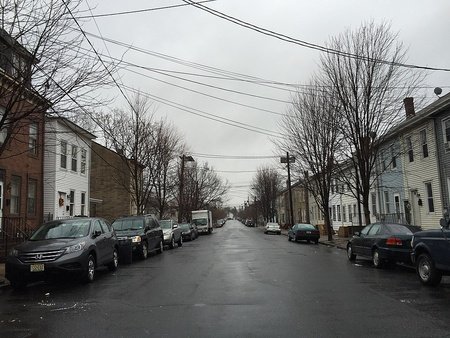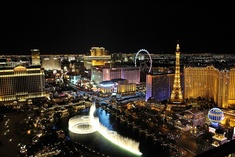
5 Facts About 5 States #6
Last updated: Saturday February 26th, 2022
Report this blog
Montana
Montana is the first state in the country to elect a female congresswoman. Jeanette Rankin, a Montana native, was first elected to Congress in 1916 and then re-elected in 1940. Jeanette Rankin was opposed to both World Wars and the US attack on Pearl Harbor. Hers was the only vote against the war, and she was met with vehement opposition.
A triple divide is a unique feature of Montana. Water can flow into the Atlantic Ocean, Hudson Bay (when considered an Arctic tributary), and the Pacific Ocean through this triple divide. Because the opposing Arctic and Pacific atmospheres collide to create a dramatic weather clash, the continental divide is responsible for an extreme climate. When visiting Kalispell's backyard treasure, visitors should bring rain gear and warm clothing.
Montana is referred to as the Big Sky County because of its numerous vantage points. As with the Helena-Lewis and Clark National Forest, its horizon spreads out under a panoramic sky. The migrating waterfowl can be seen from a variety of vantage points. Skiers, hikers, anglers, and mountain bikers come from all over the world to enjoy the 2.8 million acres.
The Battle of the Little Bighorn, also known as Custer's Last Stand, took place near the Little Big Horn River's ravines and ridges. Soldiers from the Lakota Sioux, Northern Cheyenne tribe, and the 7th US Calvary Regiment engaged in combat. The war is a symbol of the clash of two completely different cultures: northern plain tribes' horse/buffalo culture and the industrialized United States. Custer and his troop were killed as a result of the battle. To commemorate the Great Sioux War of 1876 and a clash of cultures, a national monument was built.
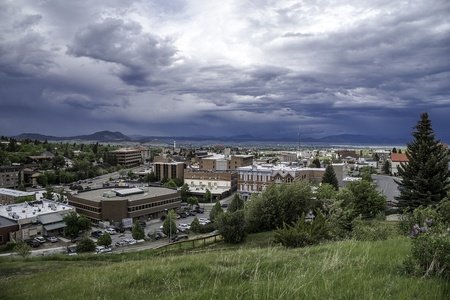
Nebraska
Nebraska passed the Homestead Act in 1862, before becoming a state in the United States. The act allowed white settlers to claim and keep a 160-acre "section" of land if they worked on it for five years. There were, however, other requirements that had to be met in order to claim the land. The act ushered in a wave of newcomers to the state.
More than a million trees were planted in Nebraska on April 10th, 1872. Ethiopia began a tree-planting campaign in 2019 by planting more than 350 million trees in a single day. Official sources, however, have not confirmed these figures. The country's prime minister was behind the move. In 2019, the country aims to plant more than four billion trees. India currently holds the world record for planting the most trees in one day (50 million).
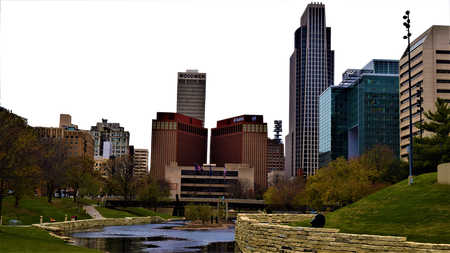
Nevada
Jacob Davis is famous all over the world for one of his inventions, but only a few people know his name. Mr. Davis was a tailor who, in his small shop in Reno, Nevada, invented the first pair of blue jeans. The year was 1873, and Levi Strauss was credited as a co-inventor. The men named the pants "blue jeans" after the Italian city of Genoa, which is known for its "jeane cotton."
Area 51, a top-secret US Air Force military installation located at Groom Lake in southern Nevada, is used as a flight testing facility. This area has previously been linked to various theories, including UFO sightings. Another conspiracy theory put forth by Bill Kaysing claims that NASA astronauts never made it to space and that all footage of Neil Armstrong and Buzz Aldrin walking on the moon was shot at Area 51.
US Route 50 (US 50) runs straight through the heart of Nevada, and includes the section that was dubbed "The Loneliest Road in America" by the now-defunct Life Magazine back in 1986. The highway's 408 miles pass through desert, mountain valleys, and other sparsely populated areas that are notoriously boring for long-haul drivers. The route connects Ocean City, Maryland on the Atlantic Ocean and West Sacramento, California on the Pacific Ocean for a total distance of 3,000 miles (4,800 kilometers).
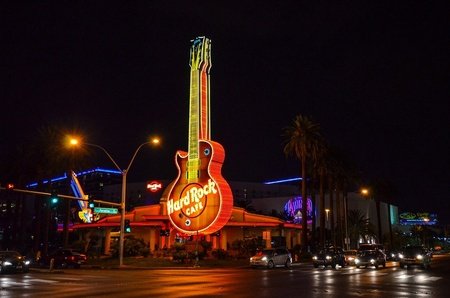
New Hampshire
Ralph Henry Baer, known as the "Father of Video Games," was recently honored with a memorial in Manchester, New Hampshire. Baer invented the "Brown Box" in 1968, which allowed players to control moving dots on a television screen. Magnovax purchased the prototype of the box in 1972 and went on to market the world's first commercially sold video game. The Magnavox Odyssey Home Video Game System was the name given to the game. The invention paved the way for the multibillion-dollar gaming industry that exists today. During his lifetime, the legendary inventor was awarded over 150 patents.
On December 30, 1828, the first strike organized by women workers in the United States took place in New Hampshire. The strike was called to protest the Dover Cotton Factory's new policies prohibiting employees from talking on the job. Almost half of the 800 mill girls went on strike in protest of a daily wage cut of 5 cents. Men, on the other hand, received a higher wage.
The Bretton Woods International Monetary Conference, held in July 1944 at the Mount Washington Hotel, brought together financiers from 44 countries, and the American dollar was designated as the international currency standard. At the same time, the World Bank and the International Monetary Fund were established. The World Bank and the International Monetary Fund are both based in Washington, D.C., and collaborate closely.
In terms of total energy costs per month, New Hampshire ranks among the top ten states in the United States. A household in the state pays an average of $329 per month for electricity, natural gas, motor fuel, and home heating. Connecticut is the most expensive, costing $373 per month, while Colorado is the least expensive. Wallet Hub conducted the research and gathered the information.
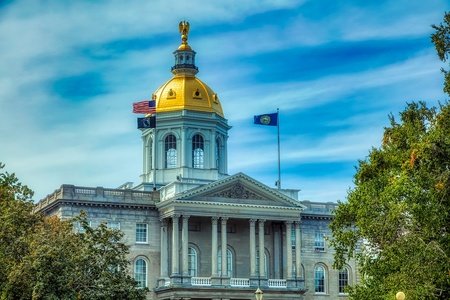
New Jersey
New Jersey is known as the "World's Diner Capital." This is largely due to a set of circumstances that aided the growth of the state's dining culture. To begin with, due to the early development of the state's transportation system, when people were out commuting, they required a place to stop and eat. The new and upcoming diners were ideal for this purpose. The state's central location, which connects Philadelphia and New York, aided the trend. And the rest, as they say, is history! According to some sources, the state has the world's largest number of diners.
The Holland Tunnel is the world's first mechanically ventilated underwater tunnel, connecting Jersey City, New Jersey, and Manhattan, New York City. The tunnel was completed in 1927 after a seven-year construction period. The Holland Tunnel was the world's longest continuous underwater vehicular tunnel at the time of its opening. The tunnel reaches a maximum depth of 93 feet beneath the Hudson River.
William Afton Allen of South Orange invented standard time in 1883. Did you know that in the 1850s, Americans used to set their watches to up to a hundred different local times? The railroad industry, which was booming at the time, necessitated the establishment of a standard time. Because of the need for a consistent and reliable railway schedule, the United States was divided into four time zones in 1883, each with its own standard time. William F. Allen was the editor of The Traveller's Official Guide and the secretary of the railroads' General Time Convention.
While working as a teacher at St. John's Parochial School in Paterson, New Jersey, John Philip Holland began work on the submarine's design. The submarine was first tested in Coney Island, New York, with a 33-inch model. The success of the test resulted in an additional $4,000 sponsorship fund for the inventor to further his design.
